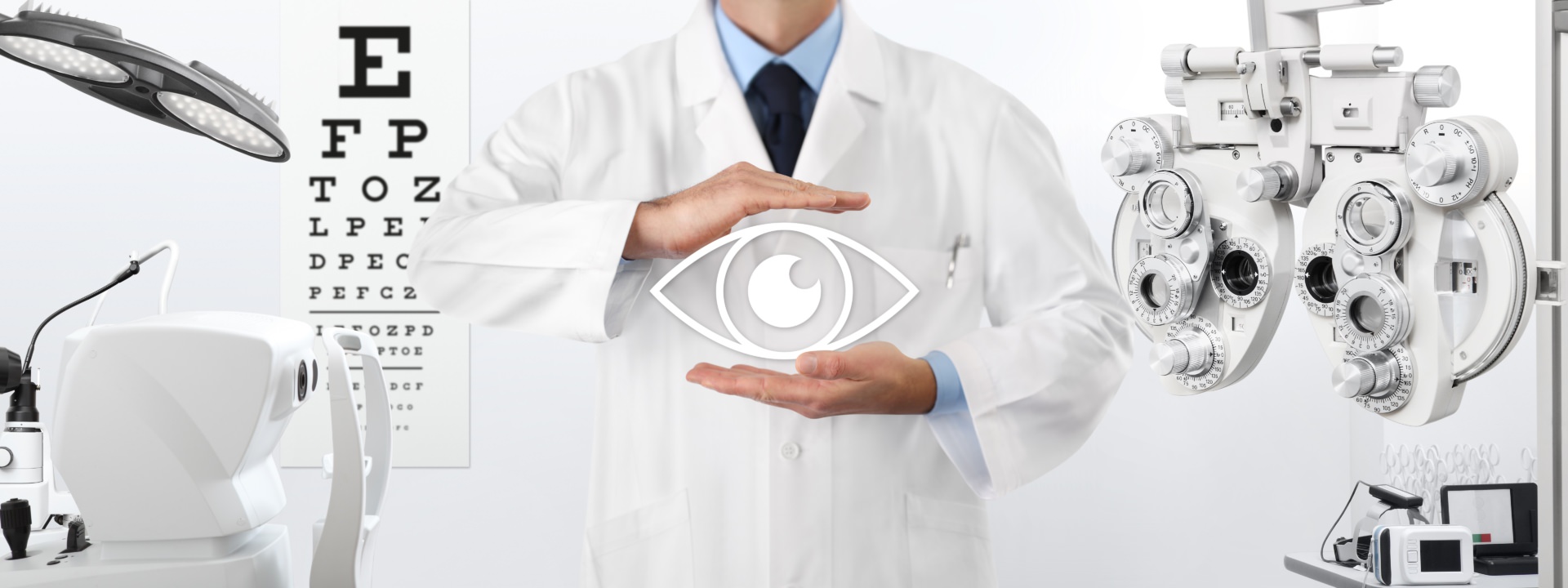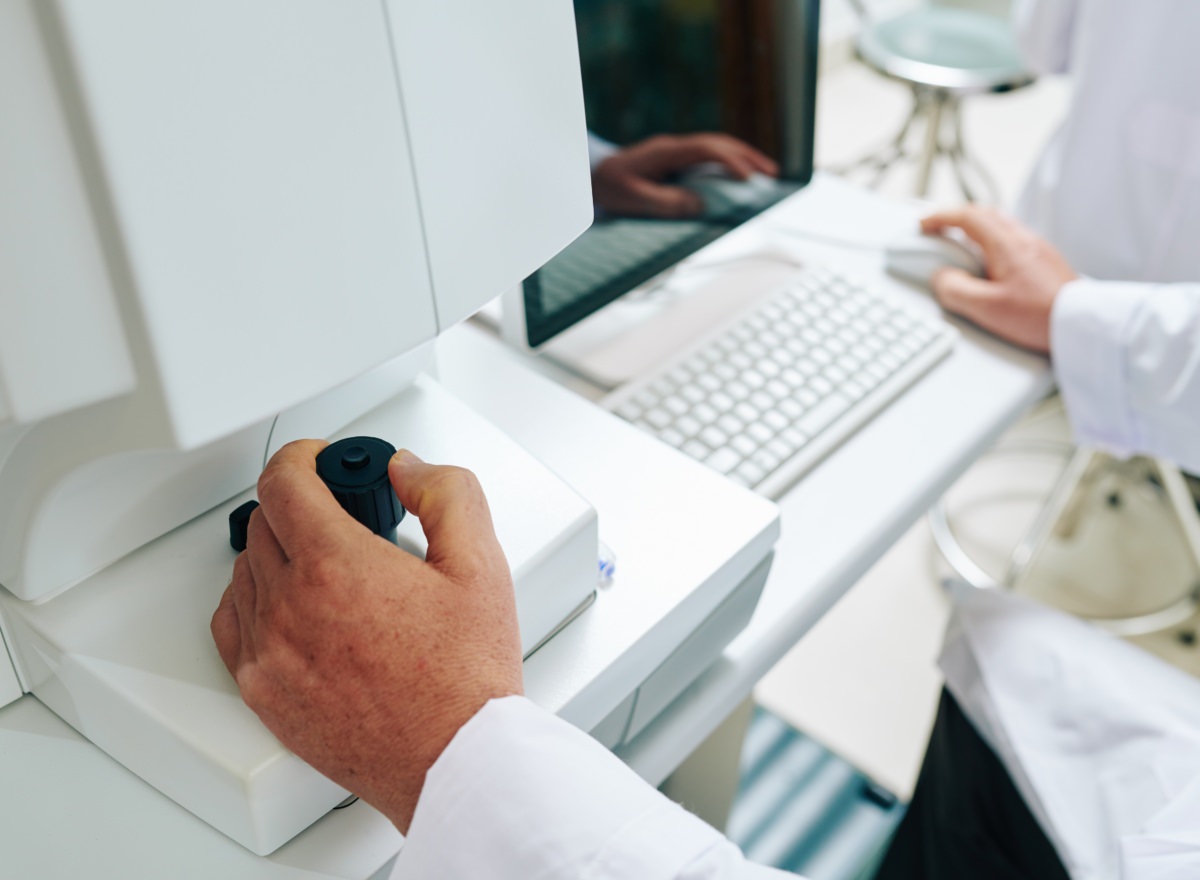
Glaucoma is an umbrella term for a variety of eye diseases that result in loss of optic nerve fibers. In most cases, an increased intraocular pressure is present. The result is a mostly painless loss of the visual field, which can lead to blindness.
Unfortunately, glaucoma cannot be prevented, which is why we pay special attention to early detection and glaucoma prevention. Therefore, a regular eye examination from the age of 40 is essential for the prevention and diagnosis of glaucoma.

Diagnosis of glaucoma is possible only by an ophthalmologist and usually after several examinations, a simple eye test is not sufficient for the diagnosis of glaucoma, because initially in the vast majority of cases glaucoma causes absolutely no subjective discomfort, deterioration of vision or pain. Therefore, a regular eye examination from the age of 40 is essential for the prevention and diagnosis of glaucoma.
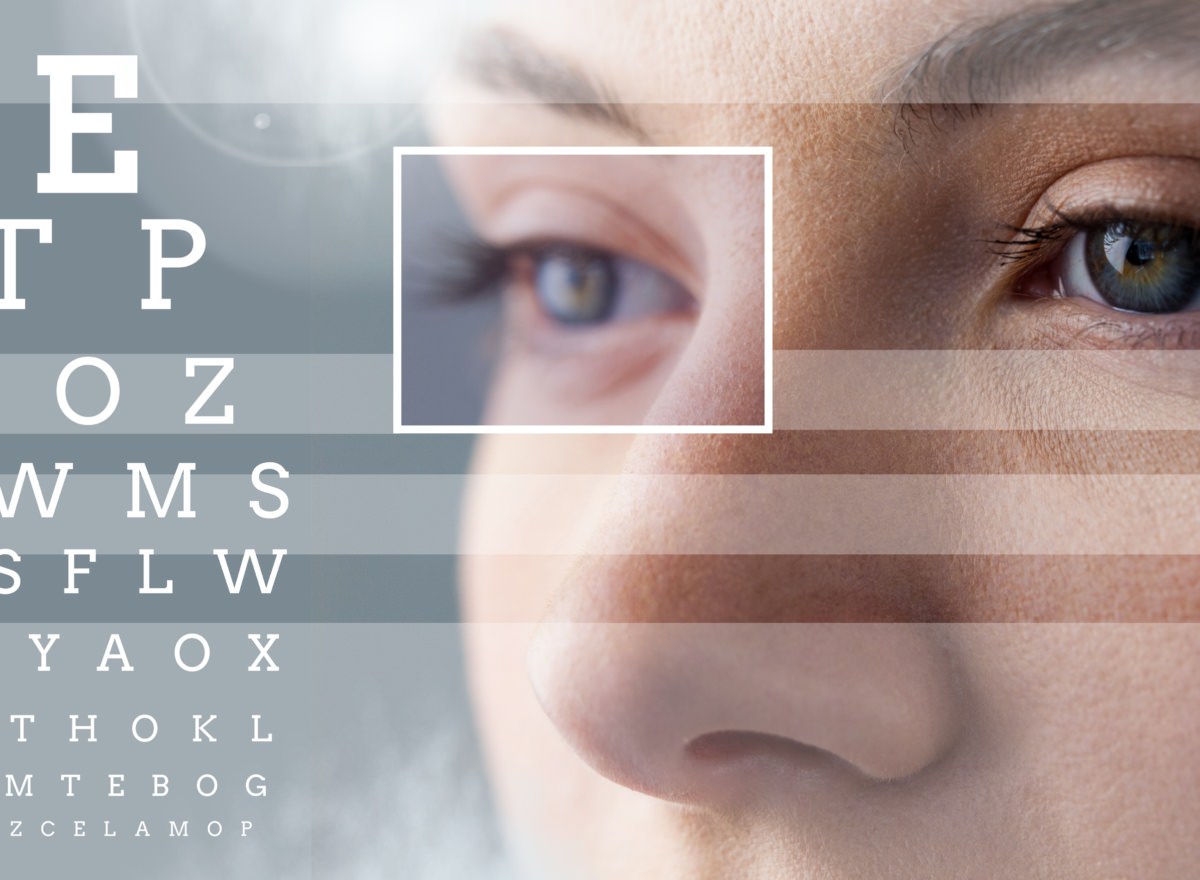
Glaucoma: Causes
The most common cause of glaucoma is usually increased pressure inside the eye (high-pressure glaucoma). The intraocular pressure comes from a balance between aqueous humor production and aqueous humor outflow. If the outflow of aqueous humor is obstructed, the intraocular pressure increases and glaucoma can develop.
However, there are other forms of glaucoma that develop despite normal intraocular pressure. Here, there is often a disturbance in the blood supply to the optic nerve.

Other risk factors....
Glaucoma has a high genetic predisposition, therefore people with a family history of glaucoma should be screened regularly in this regard, as the likelihood of developing glaucoma is particularly high in these families.
other Riskfactors…
advanced age, low blood pressure, severe nearsightedness or farsightedness, dark skin color, snoring, smoking….
Glaucoma: symptoms
Glaucoma usually progresses without discomfort or pain, and there is also no impairment of vision at first. Therefore, regular checks are essential for the diagnosis of glaucoma. Without regular eye checks, the disease is not noticed until a large part of the vision has already been irrevocably lost.
The loss of the visual field initially occurs in the peripheral areas, these are subjectively hardly noticeable, the visual field loss is only noticed when the center is affected. In this case, however, most of the optic nerve fibers are already damaged.
A special form of glaucoma is the acute increase of eye pressure in the context of an angle block. This rare form is accompanied by deterioration of vision, significant pain in the eye, headache and nausea. In this case, an ophthalmologist should be consulted as soon as possible.
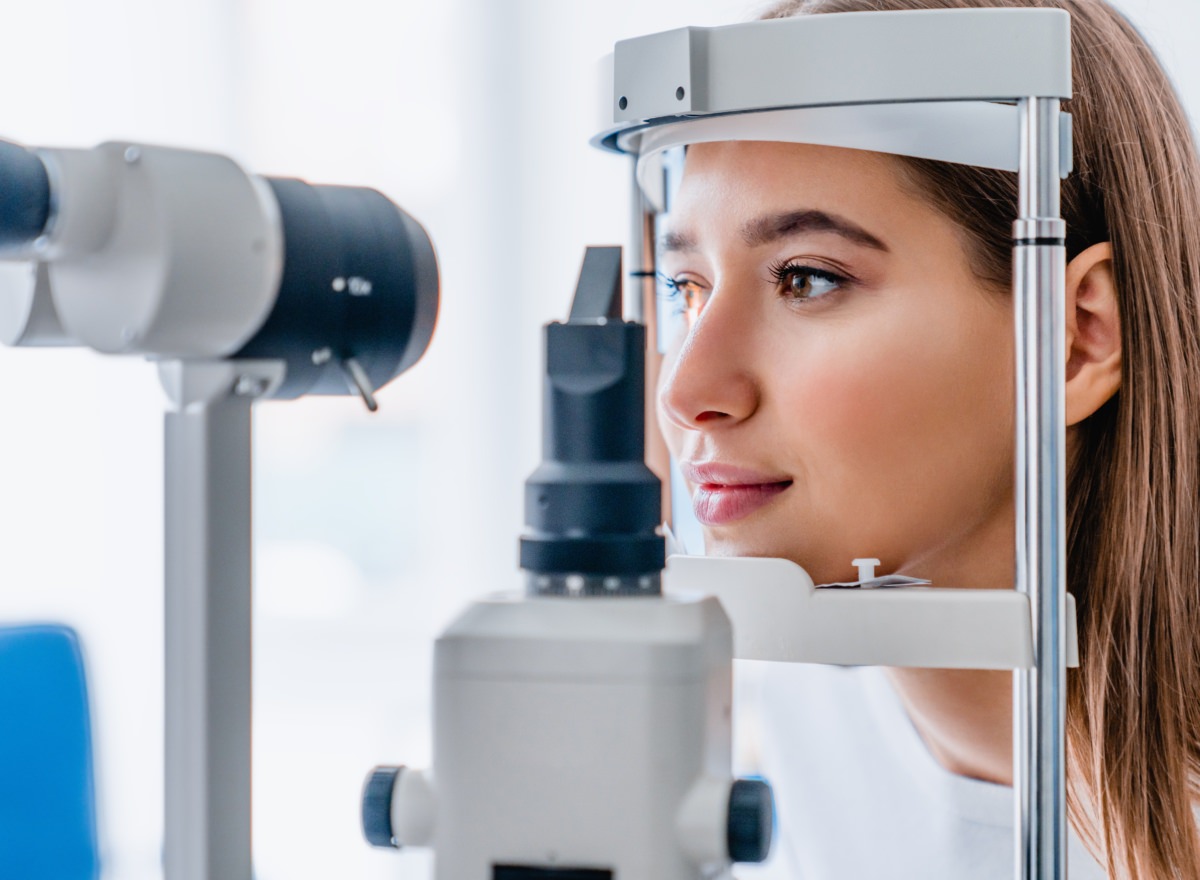
Wie wird Glaukom diagnostiziert?
Diagnosis of glaucoma is possible only by an ophthalmologist. A simple eye test is not sufficient for the diagnosis of glaucoma, because glaucoma initially causes absolutely no subjective complaints in the vast majority of cases. Therefore, a regular eye examination from the age of 40 is essential for the diagnosis of glaucoma.
This involves microscopic assessment of the optic nerve head, measurement of intraocular pressure, assessment of other changes inside the eye such as special deposits, the depth of the anterior segment of the eye and the structure of the chamber angle.
If necessary, other examinations such as visual field (computer perimetry) and optical coherence tomography are performed in addition.

Treatment
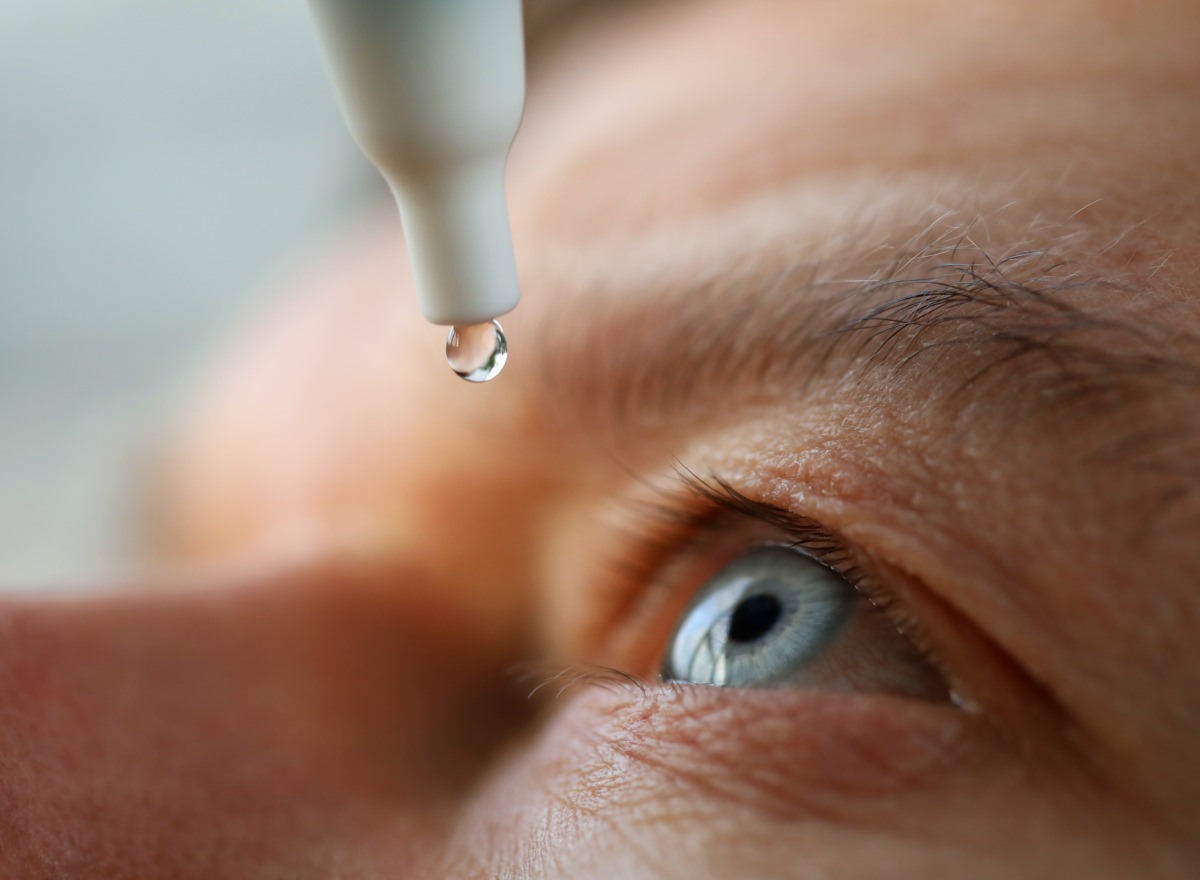
The goal of therapy is a significant reduction in intraocular pressure to slow the progression of the disease. The existing damage to the optic nerve cannot be reversed.
In most cases, this can be achieved by regular application of eye drops. The success of the treatment is then monitored by your ophthalmologist.
Surgery is only indicated if the desired effect cannot be achieved with eye drops. In this case, we currently have several options available:
- Microinvasive glaucoma surgery such as Preserflo Microshunt or Xen
- Trabeculectomy
- Laser procedures such as iridotomy or laser trabeculoplasty.
- Iridectomy
- Cyclodestructive procedures such as cyclophotocoagulation.
- Implantation of drainage devices

